When playing darts, learning to halve it can be a frustrating but vital strategy for both survival and strategic advantage, especially in games designed around this concept. This article dives deep into the darts halve it format, offering comprehensive tips, strategies, and rule explanations to help you dominate this exciting variation.
⚠️ Still Using Pen & Paper (or a Chalkboard)?! ⚠️
Step into the future! The Dart Counter App handles all the scoring, suggests checkouts, and tracks your stats automatically. It's easier than you think!
Try the Smart Dart Counter App FREE!Ready for an upgrade? Click above!
Understanding the Darts Halve It Game
Darts halve it is a unique and challenging variation of darts that tests your accuracy and nerve under pressure. Unlike standard games like 501, the objective isn’t simply to reduce your score to zero. Instead, you have to hit specific numbers on the board to maintain or increase your score. Failure to do so results in your score being halved, creating a high-stakes environment where consistency is key. It’s a favorite among experienced players and a great way for beginners to improve their precision.
The game typically starts with all players having a set number of points, often 40 or 50. Rounds consist of throwing three darts. Before you start playing, ensure you have your Digital dart score app ready to score. Each round focuses on a specific target number. Let’s delve into the core rules before we explore darts halve it strategies.
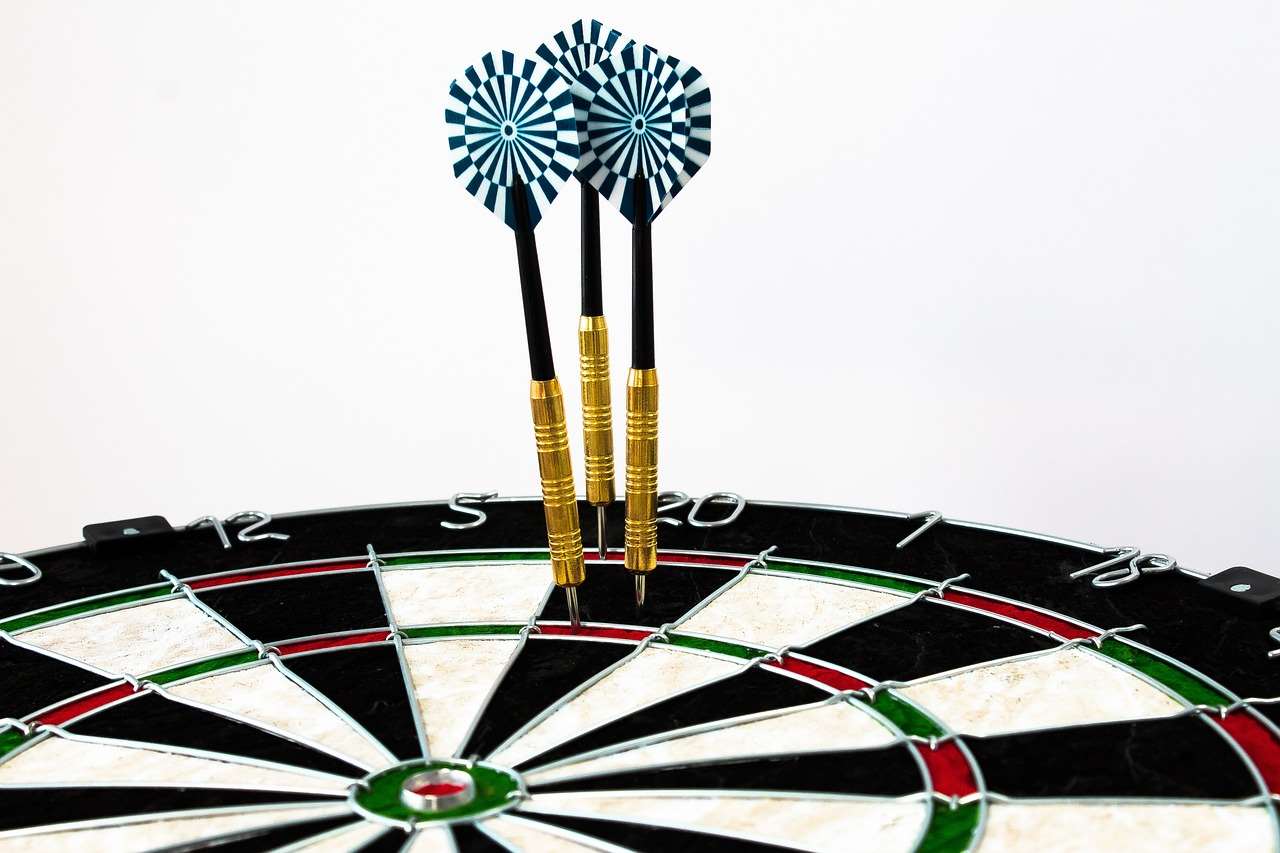
Darts Halve It: The Basic Rules
- Starting Score: All players begin with an agreed-upon score, often 40 or 50.
- Target Numbers: A sequence of numbers is determined beforehand. This sequence is usually pre-set by the league or tournament, or chosen randomly.
- The Throw: Each player throws three darts per round.
- Scoring: Only darts that land in the current target number (single, double, or triple) score points.
- Halving: If a player fails to hit the target number at least once with their three darts, their score is halved (rounded down to the nearest whole number).
- Winning: The last player with a score above zero is the winner. Alternatively, the game can be played until a predetermined number of rounds have been completed, and the player with the highest score wins.
Strategies to Master ‘Darts Halve It’
Success in darts halve it requires a blend of accuracy, tactical thinking, and mental fortitude. Simply aiming for the target number isn’t always the best strategy. Here are some key strategies to consider:
- Prioritize Accuracy Over Scoring: In darts halve it, missing is more costly than scoring low. Focus on consistently hitting the target number, even if it means aiming for the single segment rather than attempting risky doubles or triples.
- Understand Your Opponents: Pay attention to how your opponents are performing. If they’re struggling, you might play more conservatively. If they’re consistently hitting the target, you might need to take more risks to keep pace.
- Manage Your Score: Keep a close eye on your score and your opponents’ scores. Adjust your strategy based on who is in the lead. Sometimes, a defensive approach is best if you have a comfortable lead.
- Practice Under Pressure: The pressure of potentially halving your score can significantly impact your performance. Practice darts halve it under simulated game conditions to get used to the feeling and develop strategies for staying calm and focused.
Related Games to Darts Halve It
Several dart games share similarities with darts halve it. Exploring these games can broaden your understanding of darts strategy and improve your overall gameplay. One game is Killer, which also requires hitting specific numbers, but instead of halving, you lose lives. You might also want to learn more about dartboard bullseye colour.
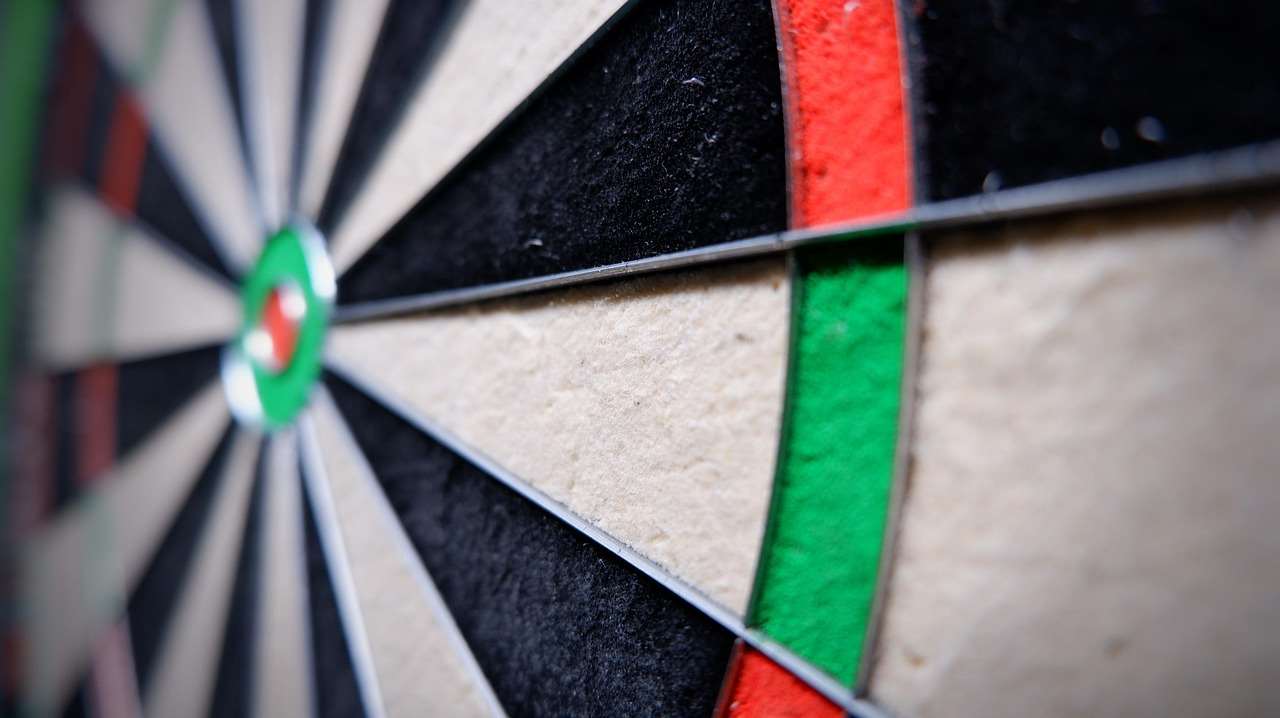
Around the World
In Around the World, you must hit each number on the dartboard in sequence, from 1 to 20. Missing a number means you must try again on your next turn. It enhances your ability to quickly switch targets, a skill that’s also beneficial in darts halve it.
Cricket
Cricket involves claiming and closing specific numbers (20, 19, 18, 17, 16, 15, and the bullseye). Players must hit a number three times to claim it, then hit it three more times to close it. Only claimed numbers can score points. Like darts halve it, Cricket requires hitting specific targets and strategic play.
Common Mistakes to Avoid in ‘Darts Halve It’
Even experienced dart players can fall victim to common pitfalls in darts halve it. Avoiding these mistakes can significantly improve your chances of winning. Here are some of the most frequent errors:
- Chasing High Scores Too Early: In the early rounds, focus on simply hitting the target number. Don’t risk a halving by attempting difficult triples or doubles when a single will suffice.
- Ignoring Your Opponents’ Scores: Pay attention to how your opponents are doing. Their performance should influence your strategy.
- Letting Pressure Get to You: The pressure of potentially halving your score can cause you to rush your throws or lose focus. Develop strategies for staying calm and collected, such as taking deep breaths or focusing on your pre-throw routine.
- Failing to Adjust Your Strategy: Don’t stick to a rigid plan regardless of the situation. Be prepared to adapt your strategy based on your score, your opponents’ scores, and the remaining target numbers.
Practicing ‘Darts Halve It’ for Improvement
Like any skill, mastering darts halve it requires dedicated practice. Here are some tips for improving your game:
- Regular Practice Sessions: Set aside regular time to practice darts halve it. Consistency is key to developing accuracy and building confidence.
- Simulate Game Conditions: Practice under simulated game conditions to get used to the pressure. Play against friends or family, or use a darts app to track your scores and provide feedback.
- Focus on Accuracy: During practice, prioritize accuracy over scoring. Aim for the single segment of the target number if necessary.
- Analyze Your Performance: After each practice session, analyze your performance. Identify your strengths and weaknesses and focus on improving your areas of weakness. The use of a dart counter digital can help you analyze your performance more effectively.
- Vary Your Practice Routine: Don’t just play darts halve it every time you practice. Incorporate other darts games and drills to improve your overall skills.
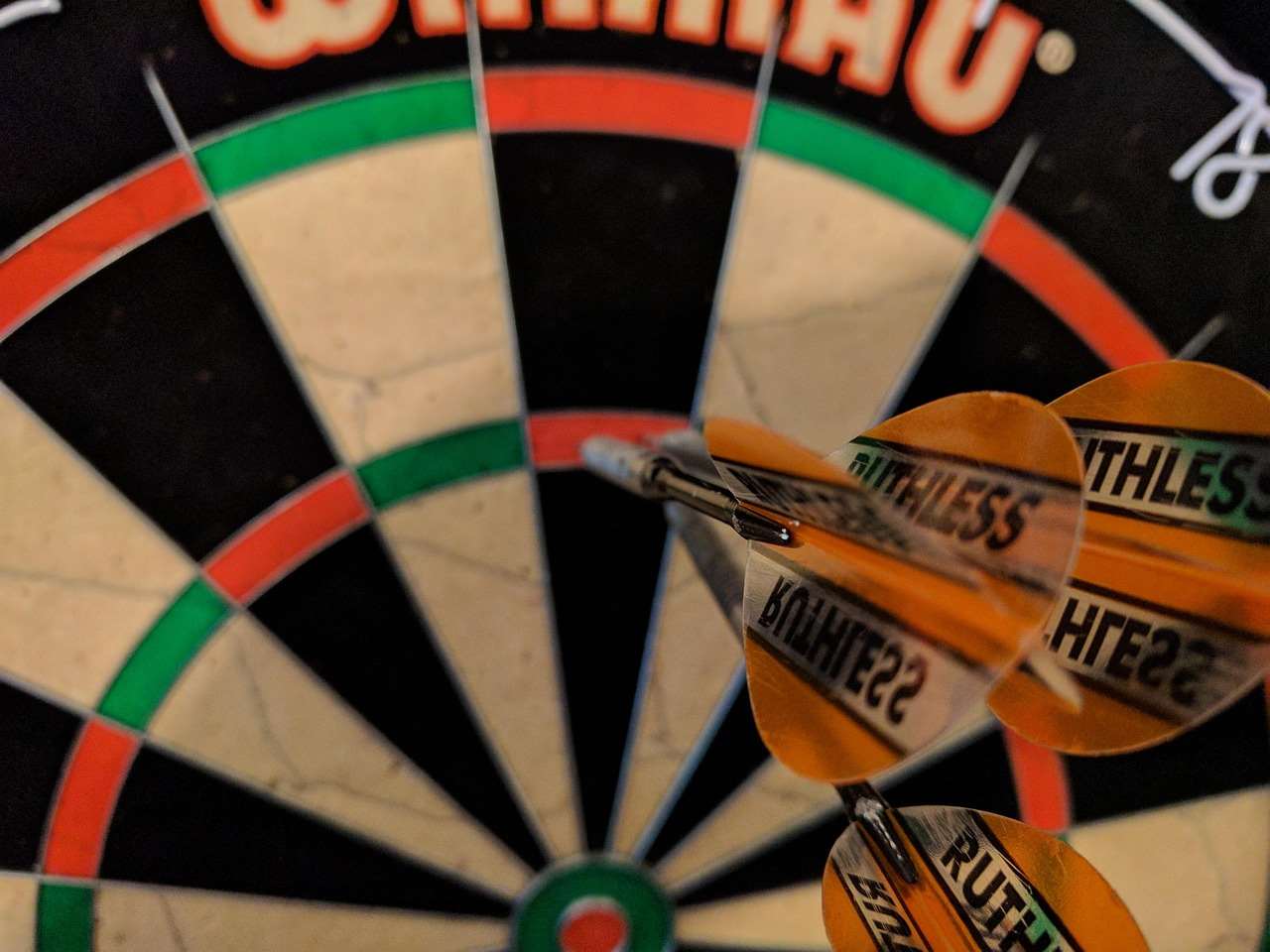
The Mental Game of Darts Halve It
Darts halve it is as much a mental game as it is a physical one. The pressure of potentially losing half your score can be intense, and maintaining focus and composure is crucial for success. Here are some tips for mastering the mental game:
- Stay Positive: Even if you miss a target number and halve your score, don’t get discouraged. Stay positive and focus on the next round.
- Visualize Success: Before each throw, visualize yourself hitting the target number. This can help boost your confidence and improve your accuracy.
- Focus on the Present: Don’t dwell on past mistakes or worry about future rounds. Focus on the present moment and the throw you’re about to make.
- Manage Your Emotions: Learn to control your emotions, especially under pressure. Take deep breaths, use positive self-talk, and avoid getting angry or frustrated.
Equipment for ‘Darts Halve It’
While darts halve it can be played with any standard darts equipment, using quality gear can improve your performance. Consider the following:
- Darts: Choose darts that are comfortable to hold and throw. Experiment with different weights, shapes, and materials to find the perfect darts for you. Consider getting a precision darts fitting.
- Dartboard: Invest in a high-quality dartboard made of sisal fibers. A good dartboard will last longer and provide a more consistent playing surface.
- Oche: Ensure the oche (throwing line) is the correct distance from the dartboard. This is crucial for maintaining proper throwing technique. Refer to darts regels afstand for correct measurements.
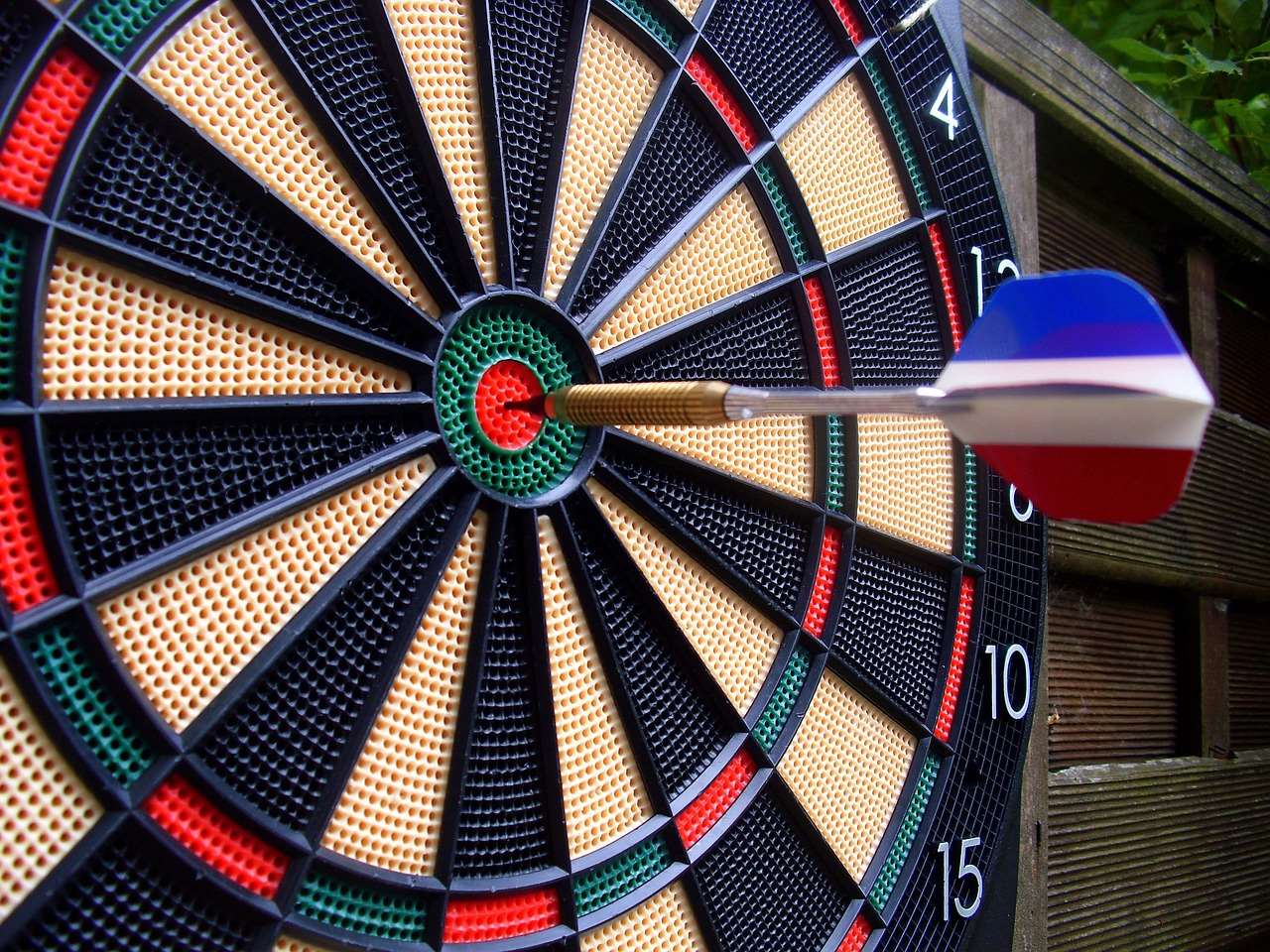
Variations on the ‘Darts Halve It’ Rules
While the basic rules of darts halve it remain consistent, some variations exist. Here are a few common variations:
- Progressive Halving: Instead of halving the score after each missed round, the amount deducted increases with each missed round (e.g., 1/4, 1/3, 1/2).
- Reverse Halving: Players start with a low score and must avoid hitting the target number, as hitting it results in halving the score.
- Team Halve It: Played in teams, with each team member taking turns throwing.
Advanced Strategies for ‘Darts Halve It’
For experienced players looking to take their darts halve it game to the next level, here are some advanced strategies:
- Target Selection: Choose your target based on your strengths and weaknesses. If you’re strong at hitting triples, aim for the triple of the target number if it’s a higher number.
- Score Manipulation: Strategically aim for different parts of the target number to control your score. For example, if you need to gain a small number of points, aim for the single.
- Opponent Intimidation: Use your body language and demeanor to intimidate your opponents. Project confidence and maintain a calm and focused attitude.
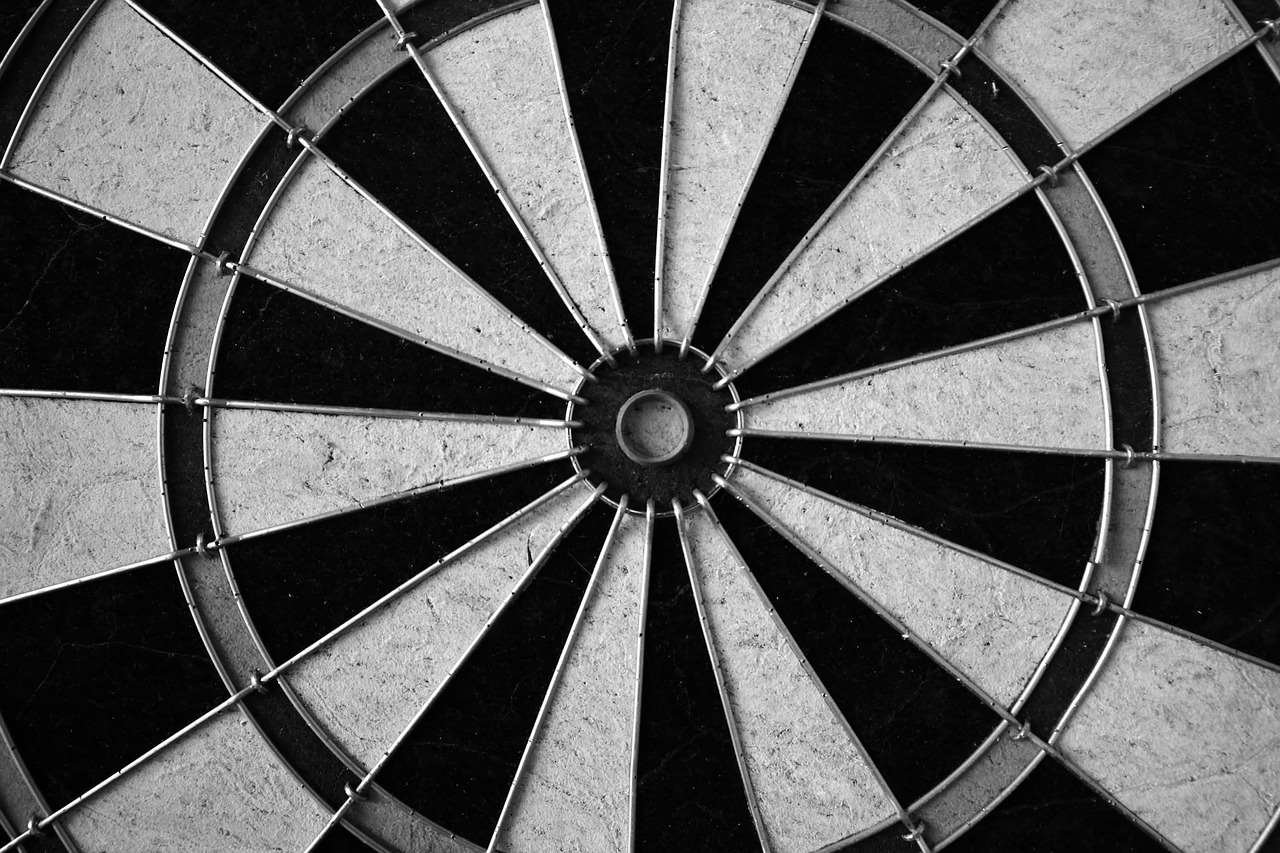
Conclusion
Darts halve it is a challenging and rewarding game that tests your accuracy, strategy, and mental fortitude. By understanding the rules, mastering key strategies, avoiding common mistakes, and practicing regularly, you can improve your game and dominate the competition. Remember to prioritize accuracy, manage your score effectively, and stay calm under pressure. Embrace the challenge, hone your skills, and enjoy the thrill of darts halve it. Now that you understand the game, grab your darts and start practicing. Maybe you can even follow the darts players championship live score for inspiration.
Hi, I’m Dieter, and I created Dartcounter (Dartcounterapp.com). My motivation wasn’t being a darts expert – quite the opposite! When I first started playing, I loved the game but found keeping accurate scores and tracking stats difficult and distracting.
I figured I couldn’t be the only one struggling with this. So, I decided to build a solution: an easy-to-use application that everyone, no matter their experience level, could use to manage scoring effortlessly.
My goal for Dartcounter was simple: let the app handle the numbers – the scoring, the averages, the stats, even checkout suggestions – so players could focus purely on their throw and enjoying the game. It began as a way to solve my own beginner’s problem, and I’m thrilled it has grown into a helpful tool for the wider darts community.